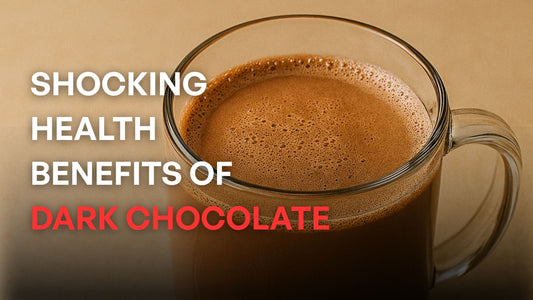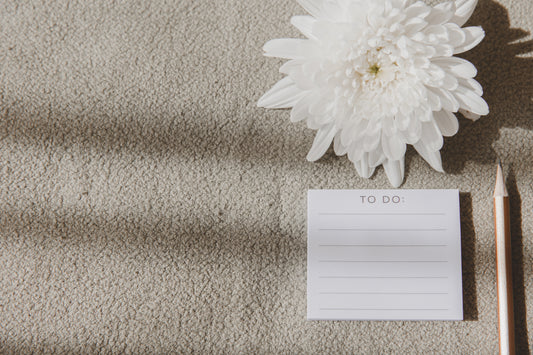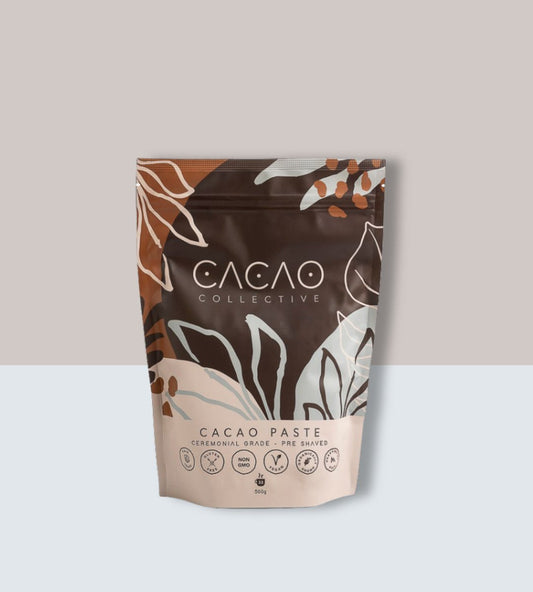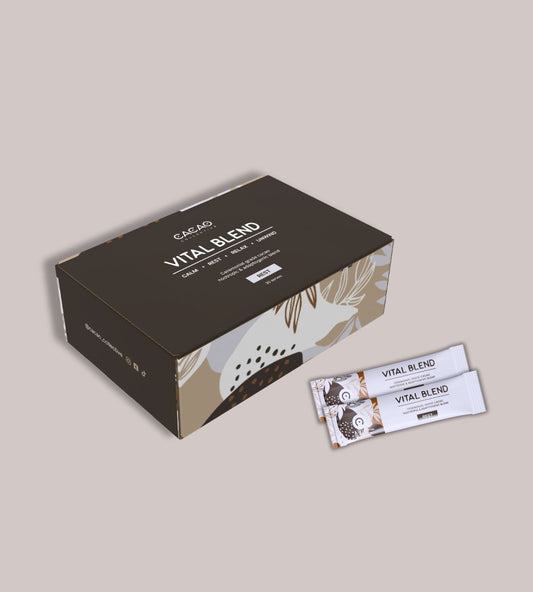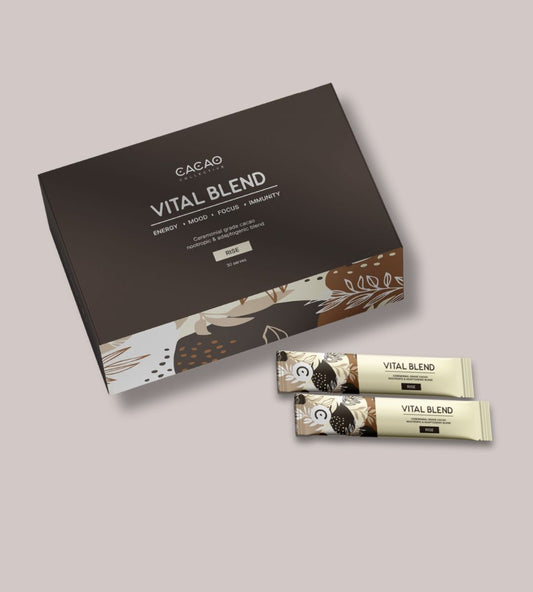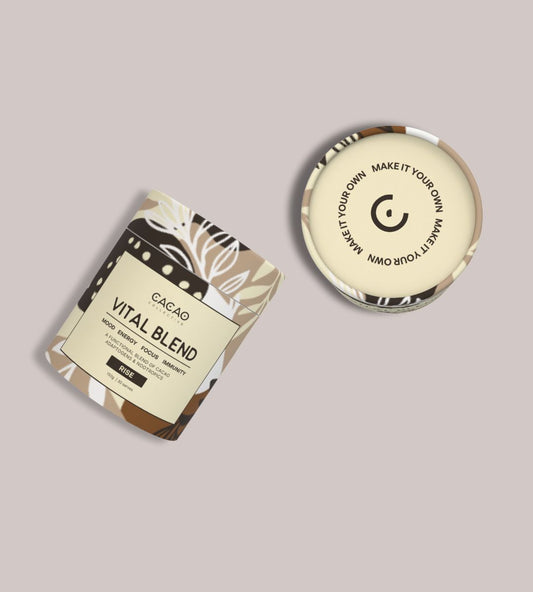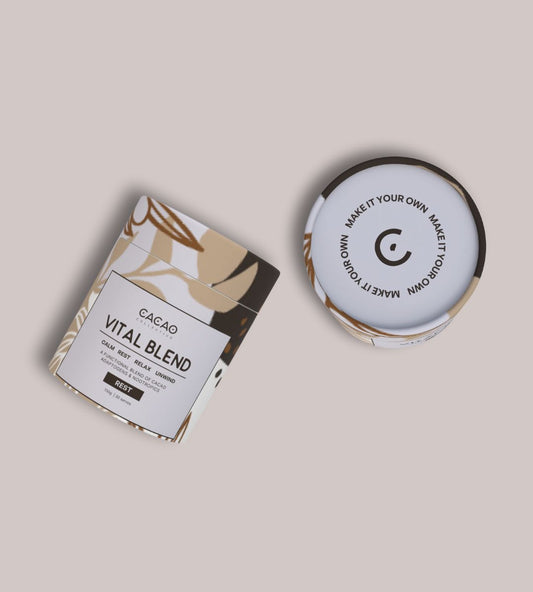We’ve never met anyone in life who has successfully dissolved anxiety by fighting or resisting it – that seems futile, almost like when you can’t sleep and you resist it by trying to go to sleep harder.
Instead, allowing it, becoming conscious of it, and navigating it with these 3 simple tools, offers us a way to shift the experience from being ‘in the way’ to ‘on the way’.
With that said, we invite you to breathe in through the nose,
take one… deep… breath…
We’d like to share this write up in a way that not only has you reading, but eventually doing.
Take another rich, conscious, intentional breath.
How does that feel?
The words that normally come through are ‘better’, ‘lighter’, ‘more present’, ‘calmer’, or ‘relaxed’.
You just changed your state with conscious attention, breathing, and using what’s known as the felt sense. The felt sense is a tool you can use in your everyday life to identify, as well as navigate, feeling and sensing your internal experience – what is known as interoception.
The felt sense is also a ‘knowing beyond words’ – for example, when we fall in love, how do we know we are in love? Sure, we can perform brain scans or blood tests, but that’s so sterile & reductionist – to reduce love to oxytocin, adrenaline & dopamine doesn’t really cut it. You just know; you feel it – warmth, aliveness, fuzziness, presence - a deep wordless knowingness.
What about when someone walks into the room, and you ‘sense’ something is off with them?
Maybe your body clenches or your stomach turns; it senses something isn’t quite right. This is your felt sense, and it’s one of the most powerful tools to become acquainted with.
Let us share with you a small snippet of how you can use conscious attention, breathing, and the felt sense the next time you feel anxious and overwhelmed.
Let’s start with identifying the sensations with conscious attention – what you sense when you feel ‘anxiety’ – how do you actually know you have anxiety? With some gentle deep breaths, and conscious attention, we can identify the internal experience. Maybe it’s a racing heart, or butterflies in the stomach; it could be noticing the chest is tight, the hands become shaky, or the intestines feel a bit like a pretzel.
Conscious attention can also get us to observe our experience as opposed to being attached to our experience. There’s a fundamental difference between the language of ‘I have anxiety’ versus ‘I’m experiencing sensations of what I know to be anxiety’ – one line of thought is inseparable from the person and the experience; the other is an observation of the experience in the body. The same experience, viewed differently.
Now that we’ve identified some or all of the sensations - and also separated ourselves from the attachment to anxiety, we can take more conscious deep breaths and provide space to this area. Give some breaths to your tight chest and provide spaciousness; take the breaths to the constricted sensations in the throat or neck area and give it space; breathe space into your pretzel-like intestines and allow them to unwind.
Give this some time and patience.
Notice how you feel when you give yourself permission to be with these sensations. The best thing if trying this for the first time is to not try to be perfect or ‘get it right’ on the first go; like anything, it’s a practice.
We’ve never met anyone in life who has successfully dissolved anxiety by fighting or resisting it – that seems futile, almost like when you can’t sleep and you resist it by trying to go to sleep harder. Instead, allowing it, becoming conscious of it, and navigating with the tools above, offers us a way to shift the experience from being ‘in the way’ to ‘on the way’.
As Jon Kabat-Zinn eloquently stated: “you can’t stop the waves, but you can learn to surf.”

